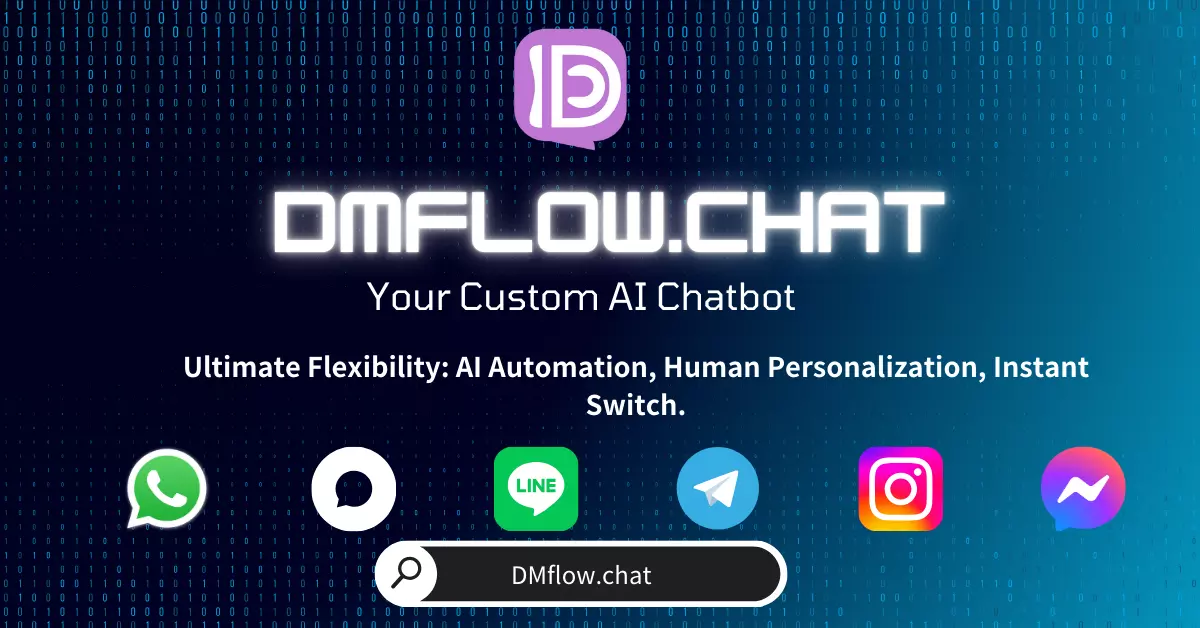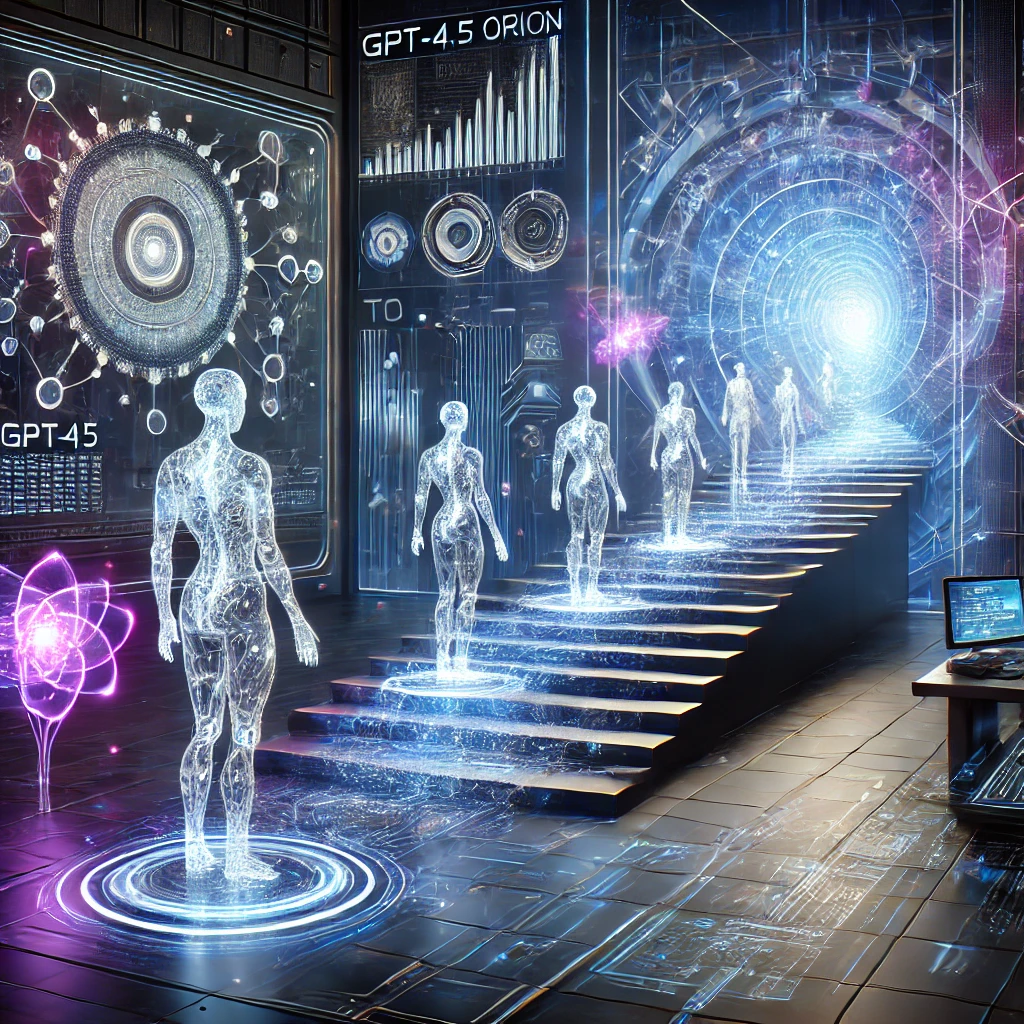OpenAI Releases ‘Swarm’ Framework: AI Multi-Agent Collaboration System Sparks New Thoughts on Automation, May Reshape Enterprise Operations
📝 Article Summary
OpenAI’s latest experimental framework ‘Swarm’ brings a major breakthrough in AI. This innovative framework enables multiple AI agents to work collaboratively, greatly enhancing artificial intelligence cooperation capabilities. Although the company emphasizes this is only an experimental framework rather than a formal product, its release has sparked extensive discussions about the future of enterprise automation among AI experts, business leaders, and ethicists. Swarm’s emergence may fundamentally change enterprise operation models, pioneering a new era of AI collaboration.
🌟 Core Features of Swarm Framework
Technical Innovation
- Multi-Agent Collaboration System
- Establishes intelligent communication networks between AI agents
- Supports multiple AI agents handling complex tasks simultaneously
- Features autonomous decision-making and task allocation capabilities
- Enables resource sharing and knowledge transfer between agents
- Supports dynamic task scheduling and priority management
- Developer-Friendly Design
- Provides complete API interfaces and development documentation
- Built-in multiple preset agent templates
- Supports custom agent behavior and decision logic
- Comprehensive debugging and monitoring tools
- Rich example code and application scenarios
- System Architecture Advantages
- Modular design for easy expansion
- Highly configurable agent behavior models
- Flexible message passing mechanism
- Powerful task orchestration capabilities
- Complete error handling mechanism
Application Potential
- Enterprise Operation Automation
- Intelligent market analysis and trend prediction
- Automated strategy formulation and adjustment
- Efficient sales lead generation and tracking
- 24/7 customer service support
- Automated report generation and data analysis
- Intelligent supply chain management and optimization
- Human resource process automation
- Enhanced Cross-Department Collaboration
- Breaking down departmental information silos
- Improving cross-team collaboration efficiency
- Intelligent project management and progress tracking
- Automated document processing and knowledge management
💼 Business Application Outlook
Enterprise Benefits
- Operational Efficiency Improvement
- Significantly reduces manual operation time
- Decreases human error rates
- Improves resource utilization
- Accelerates decision-making processes
- Optimizes cost structures
- Enhanced Competitive Advantage
- Improves market response speed
- Enhances innovation capability
- Optimizes customer experience
- Increases operational flexibility
- Reduces operating costs
Specific Application Scenarios
- Intelligent Customer Service
- 24/7 service support
- Multilingual automated customer service
- Intelligent problem diagnosis and resolution
- Customer intent understanding and prediction
- Personalized service recommendations
- Data Analysis and Decision Support
- Real-time market analysis
- Predictive analytics
- Risk assessment and early warning
- Competitive intelligence analysis
- Investment decision support
- Operational Process Optimization
- Inventory management automation
- Supply chain optimization
- Production planning adjustment
- Quality control monitoring
- Logistics route optimization
⚠️ Ethical Considerations and Challenges
Security Risks
- System Security
- AI agent control risks
- System vulnerability threats
- Data security concerns
- Cybersecurity risks
- Privacy protection issues
- Decision-Making Risks
- Algorithm bias issues
- Decision transparency
- Responsibility attribution
- Moral judgment capability
- Human-machine collaboration balance
Social Impact
- Job Market Impact
- Job role transformation
- Emergence of new professions
- Skill requirement changes
- Increased unemployment risk
- Labor market restructuring
- Social Adaptation Challenges
- Human-machine interaction model changes
- Social value impacts
- Digital divide expansion
- Education system adjustment
- Social equity issues
🔬 Experimental Phase Description
Current Development Status
- Framework Positioning
- Experimental nature project
- Developer toolkit
- Proof of concept platform
- Research reference template
- Continuous iteration optimization
- Usage Limitations
- Not suitable for production environment
- Requires professional technical support
- Features not yet complete
- Stability needs improvement
- Security needs enhancement
Developer Support
- Resource Support
- Detailed technical documentation
- Code example library
- Developer community
- Technical support channels
- Training resources
🔮 Future Development Trends
Technical Evolution Direction
- AI Collaboration Upgrade
- Smarter decision models
- Enhanced learning capabilities
- More flexible task handling
- Greater autonomy
- Better explainability
- Application Domain Extension
- More vertical industry solutions
- Broader use scenarios
- Deeper process integration
- Richer feature sets
- More complete ecosystem
- Enterprise Transformation
- Organizational structure reconstruction
- Business process redesign
- Talent structure adjustment
- Management model innovation
- Business model transformation
- Market Pattern Changes
- Competition landscape reshaping
- New business models emergence
- Industry chain reconstruction
- Value creation method changes
- Market rule redefinition
❓ Frequently Asked Questions
Q1: What are the fundamental differences between Swarm and traditional AI systems?
A1: Swarm’s main distinction lies in its multi-agent collaboration capability. Traditional AI systems typically handle specific tasks as single systems, while Swarm supports collaboration between multiple AI agents, enabling handling of more complex task processes. Each agent can make independent decisions while coordinating with other agents, greatly enhancing the system’s overall capability and flexibility.
Q2: What key factors should enterprises consider when evaluating Swarm technology adoption?
A2: Enterprises need to comprehensively evaluate multiple dimensions:
- Technical maturity: Assess if current Swarm technology is sufficiently mature
- Business needs: Determine if multi-agent collaboration system is truly needed
- Implementation costs: Including technical investment, talent development, infrastructure, etc.
- Risk assessment: Security risks, operational risks, compliance risks, etc.
- Change management: Organizational readiness, employee acceptance, etc.
It’s recommended to start with small-scale pilots in non-core business areas before expanding application scope.
Q3: How significant is Swarm technology’s impact on the job market?
A3: Swarm technology’s impact on the job market is multifaceted:
- Short-term impact: Some repetitive jobs may be automated
- Medium-term changes: New job positions emerge, such as AI system managers
- Long-term trends: Promotes structural transformation of the labor market
Enterprises need to plan early for employee skill training and transformation programs to help employees adapt to the new technological environment.
Q4: How can the safety and controllability of Swarm systems be ensured?
A4: Security safeguards need to be established at multiple levels:
- Technical level: Implement strict security controls and monitoring mechanisms
- Management level: Establish comprehensive governance framework and emergency plans
- Personnel level: Strengthen security awareness and training for relevant personnel
- Compliance level: Ensure compliance with relevant regulations and industry standards
📌 Conclusion
The release of the Swarm framework represents a significant milestone in AI technology’s development toward multi-agent collaboration. Although still in the experimental stage, its demonstrated potential deserves close attention from enterprises. In the future, as the technology matures and application scenarios expand, Swarm is expected to reshape enterprise operation models and drive industrial digital transformation to a new stage. However, while embracing innovation, all parties need to work together to ensure technological development aligns with social values and ethical principles, achieving positive interaction between technological innovation and social development.
#OpenAI #Swarm #ArtificialIntelligence #AIAutomation #TechInnovation #EnterpriseTransformation #DigitalTransformation #TechnologicalInnovation #MultiAgentSystems #AICollaboration #FutureTechnology #BusinessInnovation




